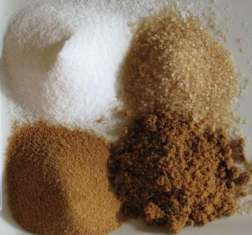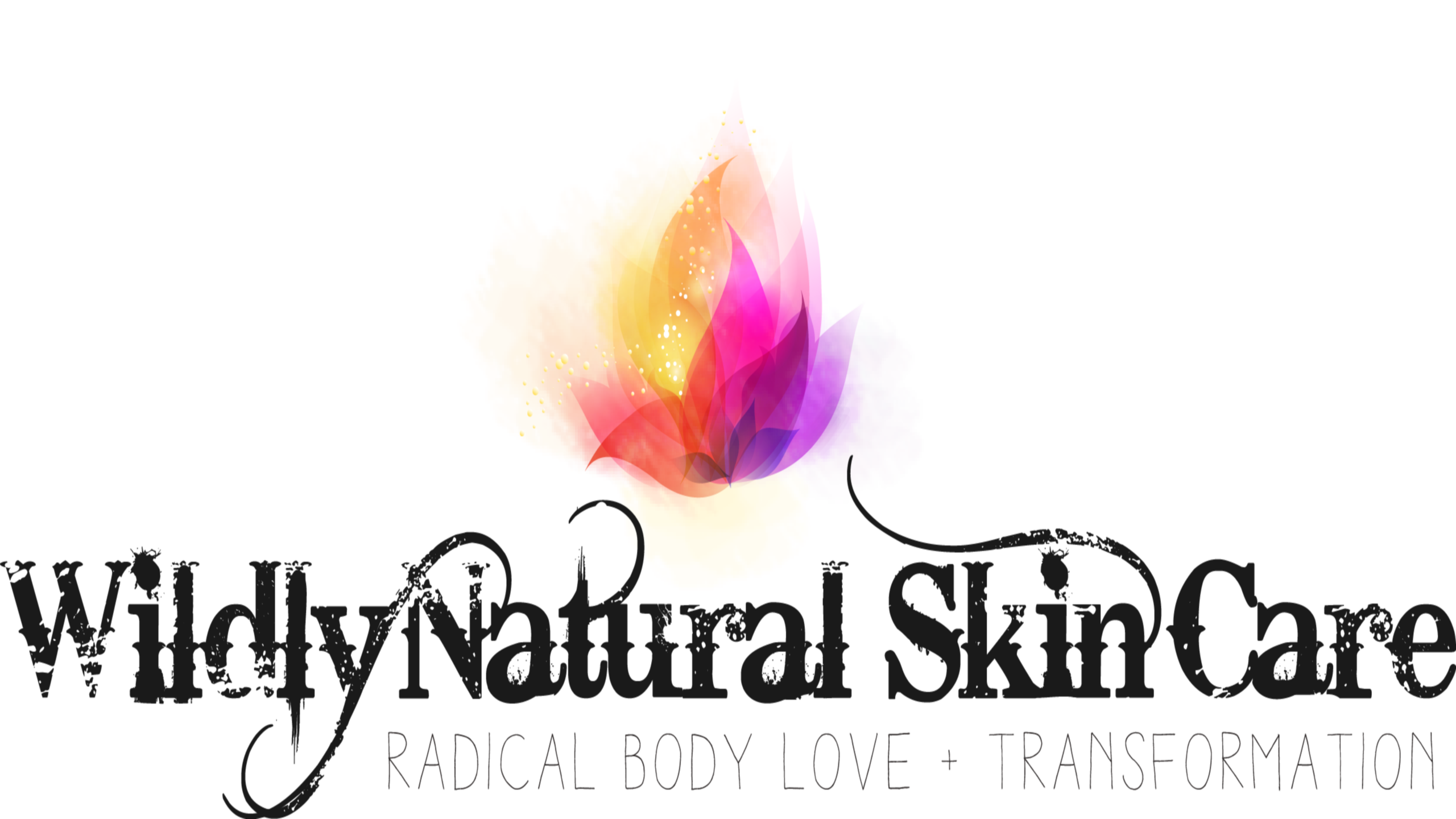 An effective and natural homemade exfoliant may be right at your fingertips. Many common foods can exfoliate as well as natural sponges or loofahs.
An effective and natural homemade exfoliant may be right at your fingertips. Many common foods can exfoliate as well as natural sponges or loofahs.
Exfoliation means to remove the surface and removing the very top layer of dead skin reveals new, fresh and vibrant skin.
Excessive abrasion can lead to skin irritation, so be gentle. Exfoliation also increases sensitivity to sunburn. The outer layer of dead skin is protective.
The benefits of exfoliation include increasing circulation to the surface which renews skin cells and creates a healthy glow, decreasing lines and signs of aging and removing the top dead layer of skin, which can be more easily penetrated by other beneficial substances.
An exfoliant can work in 2 ways: physical or chemical.
Physical Techniques
There are two ways to apply physical techniques for exfoliation:
- Using a tool, like a brush, sponge or loofah
- Deep exfoliating silk mitts – great for face and body
- Using a substance like salts, sugars, grains, and herbs
Using a homemade facial cleanser such as cleansing grains has an exfoliation property. On a continual basis, dead cells will be sloughed off with the action of semi-abrasive grains like oats, rice and corn. Salts are best left for the body; they are a bit too harsh for the face and can be drying as well. Sugars are a treasure in that they act by both physical and chemical ways. And of course, herbs have many other powerful healing properties and can be formulated to suit the situation.
Natural Chemical Methods
Plants and natural ingredients are composed of many different chemicals. Three main categories are able to exfoliate the skin through a gentle peeling action. They are:
- Alpha-Hydroxyacids (AHAs)
- Beta- Hydroxyacids
- Enzymes
I like to use what is on hand and purchase other ingredients and facial tools for homemade exfoliant recipes here.
Fruit acids as a Homemade Exfoliant
Food items, including many fruits, contain AHAs. These acids are gentle, yet they can remove dead skin through a smooth buffering action. With regular use, exfoliation will help to brighten the skin, decrease fine lines and even out skin tone.
As the list below demonstrates, fruits are high in different AHAs and there are also plants high in beta-hydroxyacids (salicylic acid). They are also commonly available and inexpensive! You can get really creative with combinations.
Check out this list of acids and enzymes found in common foods:
- Malic acid: apples, vinegar
- Lactic acid: buttermilk, yogurt, sour milk, blackberries, tomatoes
- Tartaric acid: grapes
- Citric acid: citrus fruits, lemons, limes and oranges
- Glycolic acid: sugar
- Trans-Retinoic acid: rose hip seed oil
- Salicylic acid: white willow bark (Salix spp.), meadowsweet (Filependula ulmaria), strawberry
- Papain: enzyme present in Papayas
Make Your Own Hydroxyacid Homemade Exfoliant!
Sugar works in both physically and through its glycolic acid content. Use a fine grained sugar for the face and other sensitive areas.
Cleopatra utilized sour milk for her beauty regime. The lactic acid is milder and less irritating than some of the fruit acids and glycolic acid.

Sweet Love for Smooth Skin
Here is a pure and potentially delicious homemade exfoliant recipe using sugar, milk and fruit.
Ingredients:
Unrefined dehydrated cane juice sugar (sometimes known as Rapadura)- 1 tablespoon
Organic strawberries- 1
Sour milk or yogurt- enough to make a paste
Directions:
Blend up the strawberry, mix with sugar and add just a bit of yogurt or sour milk. Apply to face and leave on for 10 to 15 minutes. Rinse with warm water. This can be used 1 to 3 times per week for best results.
A Real Salicylic Acid Exfoliant for Acne
This is a most useful homemade exfoliant for dealing with break-outs and acne.
Ingredients:
Meadowsweet or white willow bark powder- 1 tablespoon
Apple Cider Vinegar- enough to make a paste
Directions:
Simply mix herb powder and vinegar to make a spreadable paste. Apply to face for 10 to 15 minutes. Rinse off with warm water. Use 1 to 3 times per week.
Bright Lemon Peeler Exfoliant
This facial peel is strong and will sting, so be careful not to use too often. It can also further enhance sun sensitivity as it uses citrus, which is known to do that. This mask can help to brighten the complexion and remove the top layer of dead skin. The effects are most notable when used over time, though I usually notice the next day that my skin looks brighter and clearer.
Substitute with other fruits like lime, grape, cranberry, strawberry or apple for lemon using this same recipe.
Ingredients:
Juice of lemon- enough to cover face
Warm water
Facial oil- I use extra virgin olive oil
Directions:
It’s helpful to pull the hair back off the face. Rub the oil all over your face and neck. Next get a couple drops of warm water and pat this on your face. Next pat the lemon juice on your face.
Allow this to set for about 1 minute, not long enough to dry. This will sting.
With your index and middle fingers rub this emulsion with a circular motion. You may feel a little ball start to form. Discard it and rub in another area. Do this until your whole face and neck have been covered.
Rinse with warm water, followed by cold. Then spritz a toner or floral water and finish with a light oil or moisturizer.
